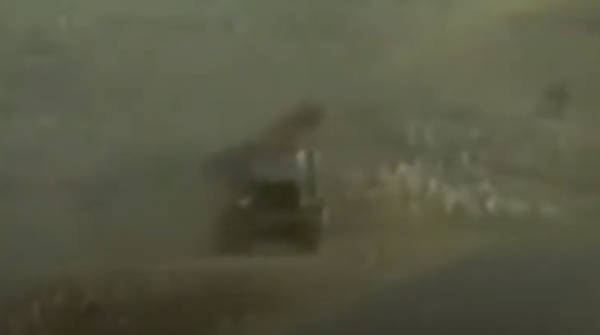
On July 10, 1981, the Zionist Occupation forces carried out intense aerial and artillery bombardments, targeting hundreds of civilian locations and Palestinian resistance sites from southern Lebanon to the north. The attacks resulted in dozens of casualties and injuries.
The Palestinian artillery responded with targeted rocket and artillery strikes along the settlements and military sites in the northern occupied Palestine. Over 33 settlements and military locations, including Kiryat Shmona, Nahariya, and Masca, were hit in the retaliatory barrage.
The Palestinian artillery unleashed more than 88 barrages, with a total of over 1,230 shells launched. The bombardment was characterized by its intensity, focus, and high precision in targeting objectives. Computers were employed to input coordinates and angles for artillery and missile batteries, ensuring accurate and effective strikes.
The Palestinian bombardment resulted in significant material losses and forced hundreds of Zionists into shelters. The world witnessed Zionist convoys fleeing from settlements in the northern occupied Palestinian territories.
The Zionist entity appealed to the United States, prompting the United Nations Security Council to issue a ceasefire resolution on July 22, 1981. The Palestine Liberation Organization rejected it. The Zionist entity unilaterally declared a ceasefire on July 24, 1981, followed by a similar announcement from the PLO hours later.
The 14-day artillery war served as a Zionist and American acknowledgment of the Palestine Liberation Organization. It also became the impetus for planning the Zionist invasion of Lebanon by the Israeli forces in the year 1982.

Share your opinion